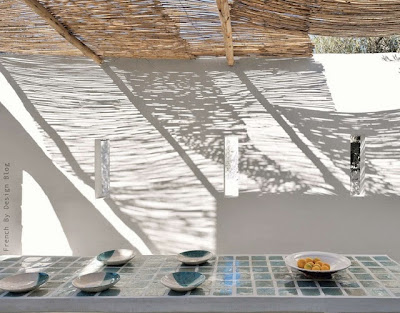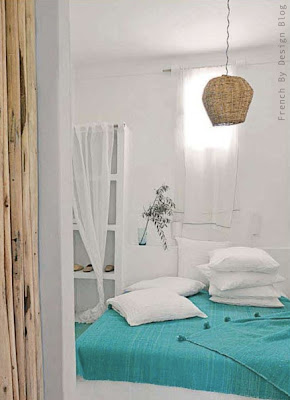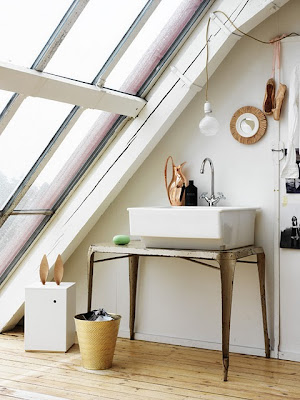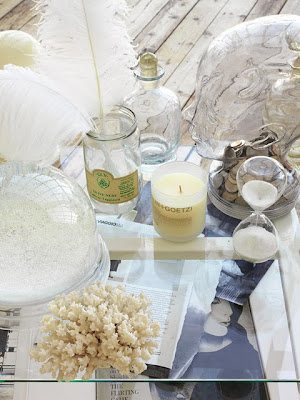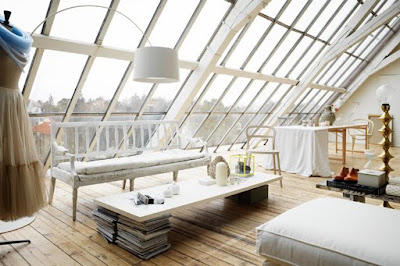Women are beautiful in Mali ...
Despite gender inequality, illiteracy, female genital mutilation (!), early marriage and pregnancy, polygamy (becoming rarer), women have their pride, care a lot about their look and are apparently less compliant if compared with their Islamic North Africa.
I traveled Mali by bus, stopping here and there for interaction with the locals.
And always wondered how, in a place where dust goes up into Ziploc plastic bag, and the houses are made of mud, women look this flawless. Lotus flower ...
A show of colors, patterns and chins up. After a few hours I realized that carrying bucket of water on the head actually contributes to posture.
The photos below were taken in a rite of passage in the Dogon, an amazing place of cliffs and villages that haven't changed in centuries. In this ritual, the oldest of the town takes the position of spiritual leader - after the death of his predecessor - dressed in white, received donations of money and moved alone to the top of the cliff.
Inhabitants of neighboring villages also attended the ceremony on top of the cliff. Lines of visitors, like ants, were seen approaching in an explosion of colors, especially blue indigo, used in these special occasions.
Everything is very, very, mystical here. Little by little I will tell you about my day with artisans or hiking, and my nights on the roof of the houses where we slept watching the stars.
Que bonitas são as mulheres no Mali...
Apesar da desigualdade entre sexos, analfabetismo, mutilação genital (!), casamento e gravidez precoce, poligamia (tornando-se mais e mais raro), as mulheres têm seu orgulho, são altivas, cuidam-se muito e, aparentemente, são menos submissas, se comparadas às suas companheiras islâmicas do norte da África.
Percorri o Mali de ônibus, com paradas aqui e ali, e muita interação com os locais.
Perguntava-me como, num lugar onde poeira entra até em plástico Ziploc, e as casas são feitas de barro, as mulheres podem ter aparência tão impecável. Flor de lótus...
Um show de cores, estampadas e olhares ao horizonte. Depois de algumas horas entendi que carregar balde d'água na cabeça de fato colabora para a postura.
As fotos abaixo foram tiradas em um ritual de passagem no Dogon, um lugar incrível de falésias e vilarejos que pararam no tempo. Nesse ritual, o mais velho da vila assumia a posição de líder espiritual - apos a morte de seu antecessor, vestia-se em branco, recebia doações em dinheiro e passaria a viver sozinho no alto da falésia.
Habitantes dos vilarejos vizinhos também participaram da cerimônia no alto da falésia. Filas de visitantes, como formigas, eram vistas se aproximando numa explosão de cores, especialmente azul, o índigo, usado nessas ocasiões especiais.
Tudo é muito, mas muito, místico por aqui. Pouco a pouco vou contando sobre meus dias com os artesãos ou de caminhadas, e minhas noites no teto das casinhas, onde dormíamos olhando as estrelas.


















